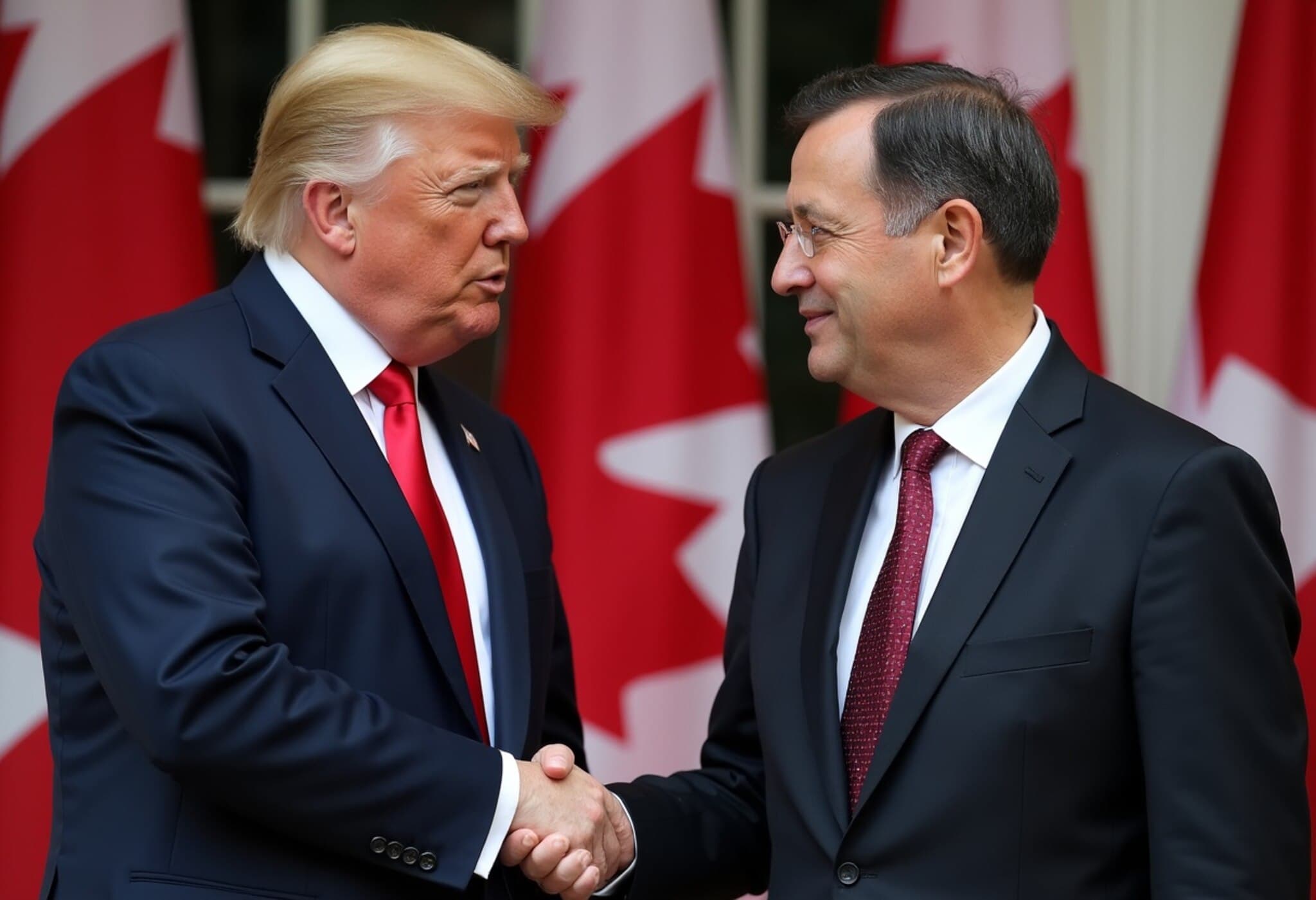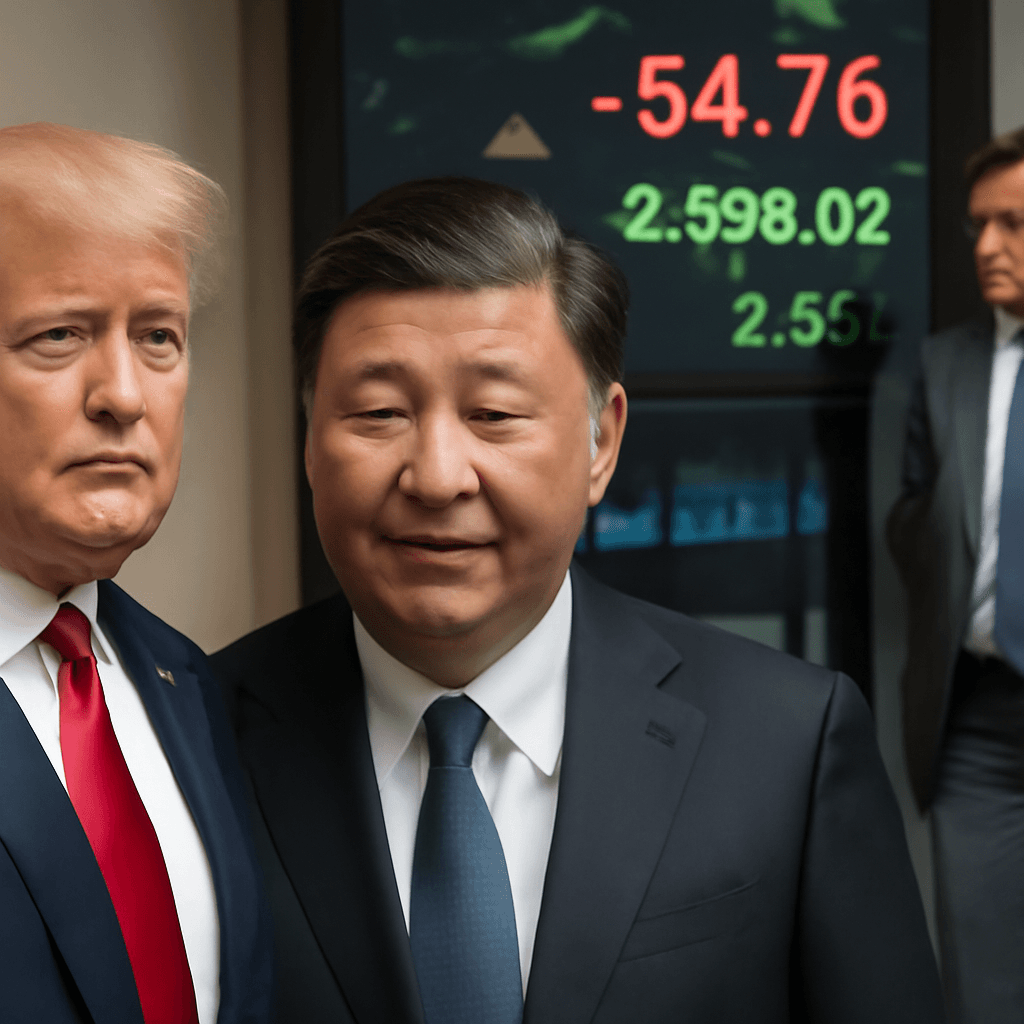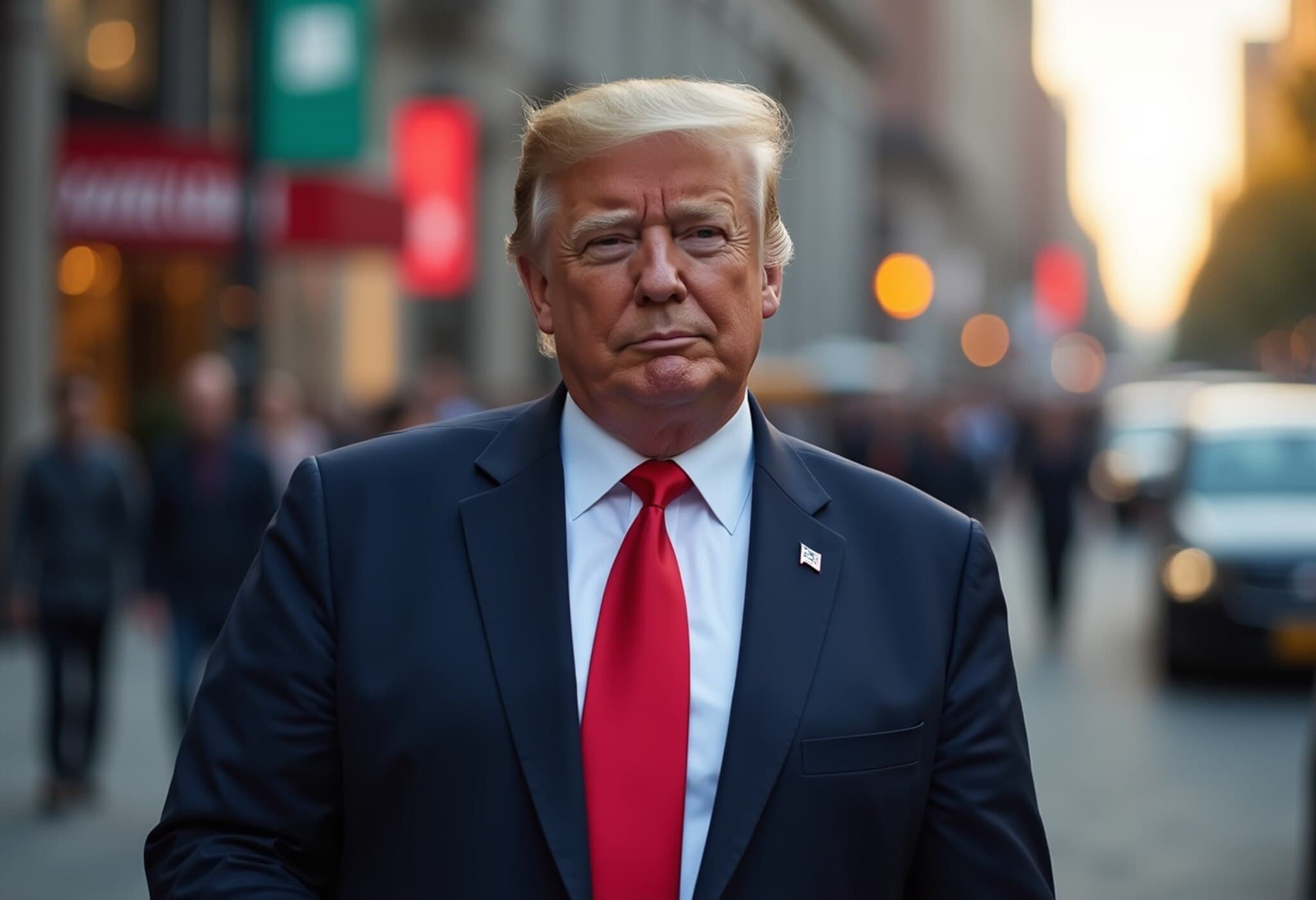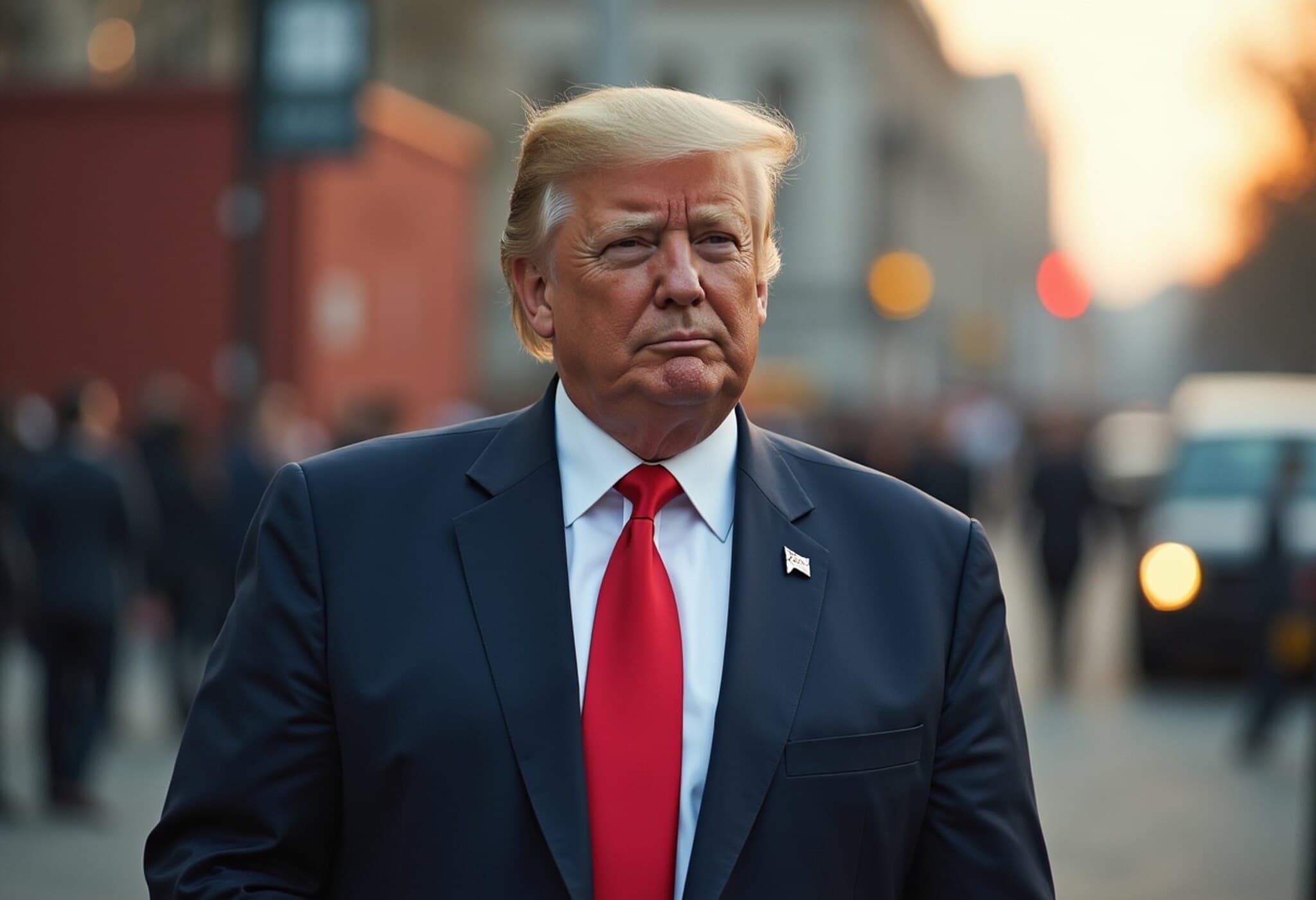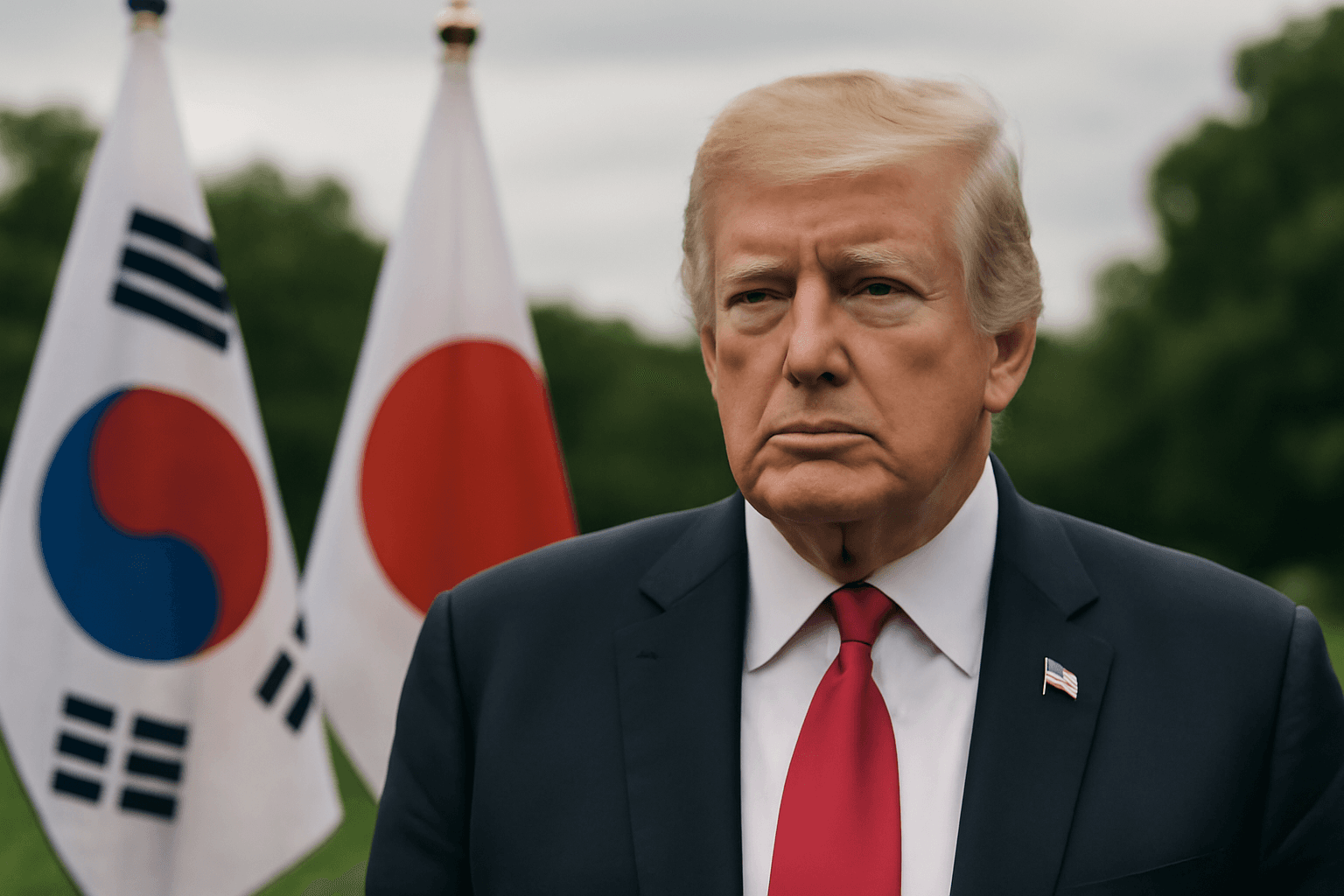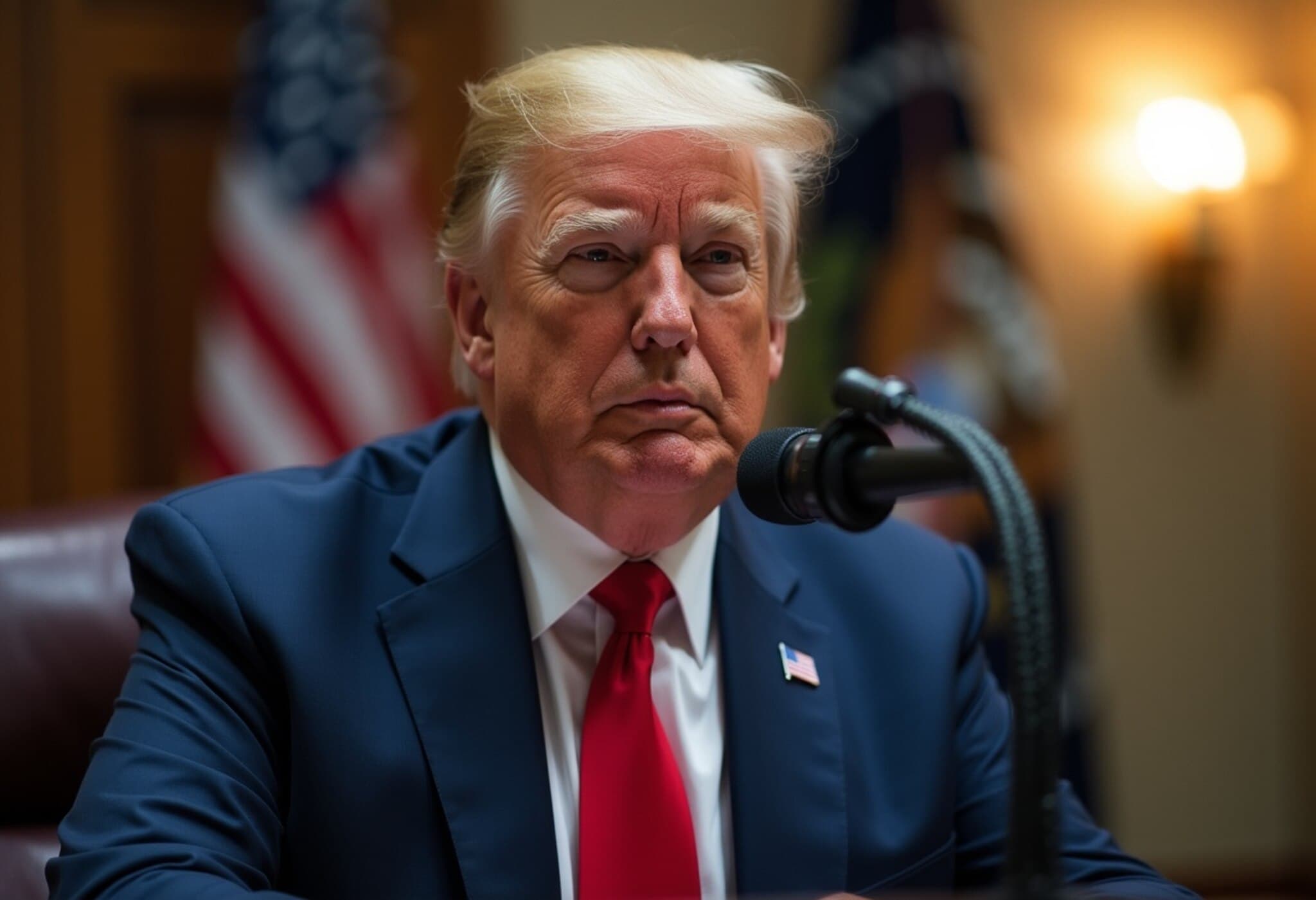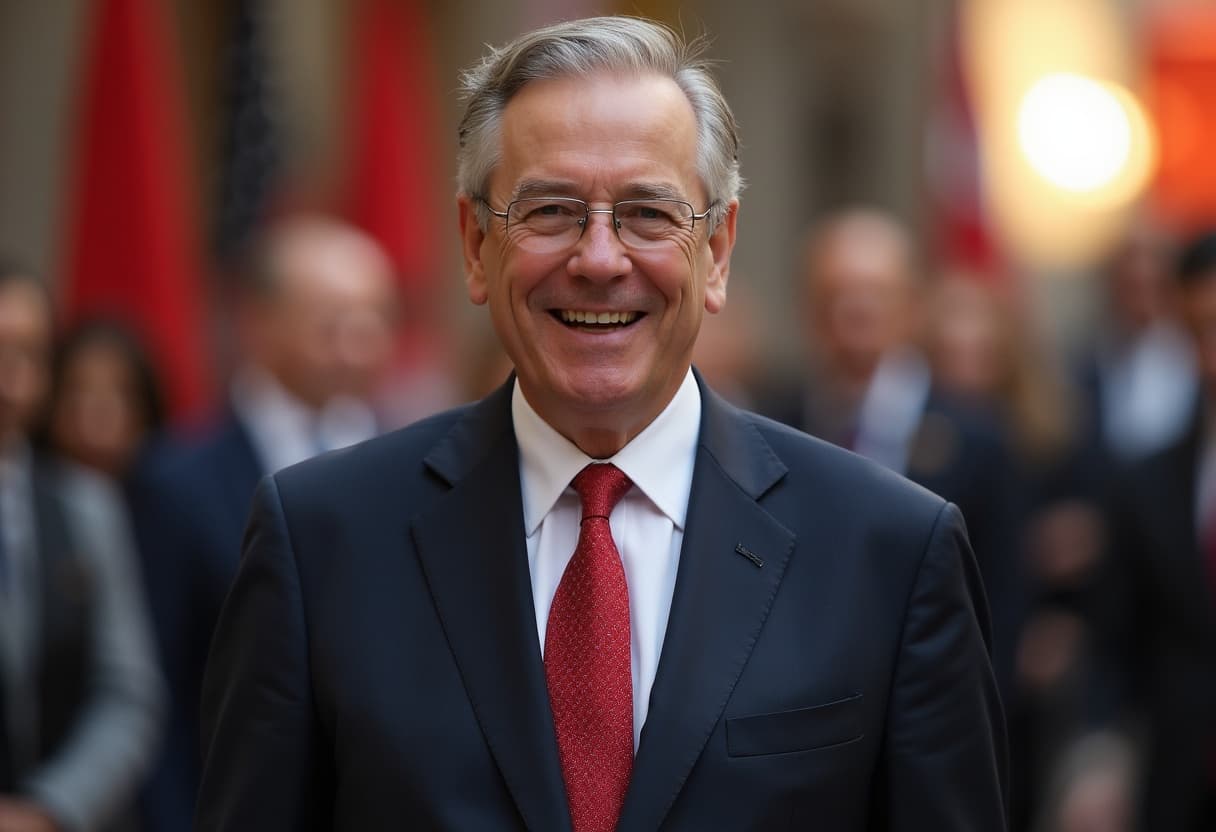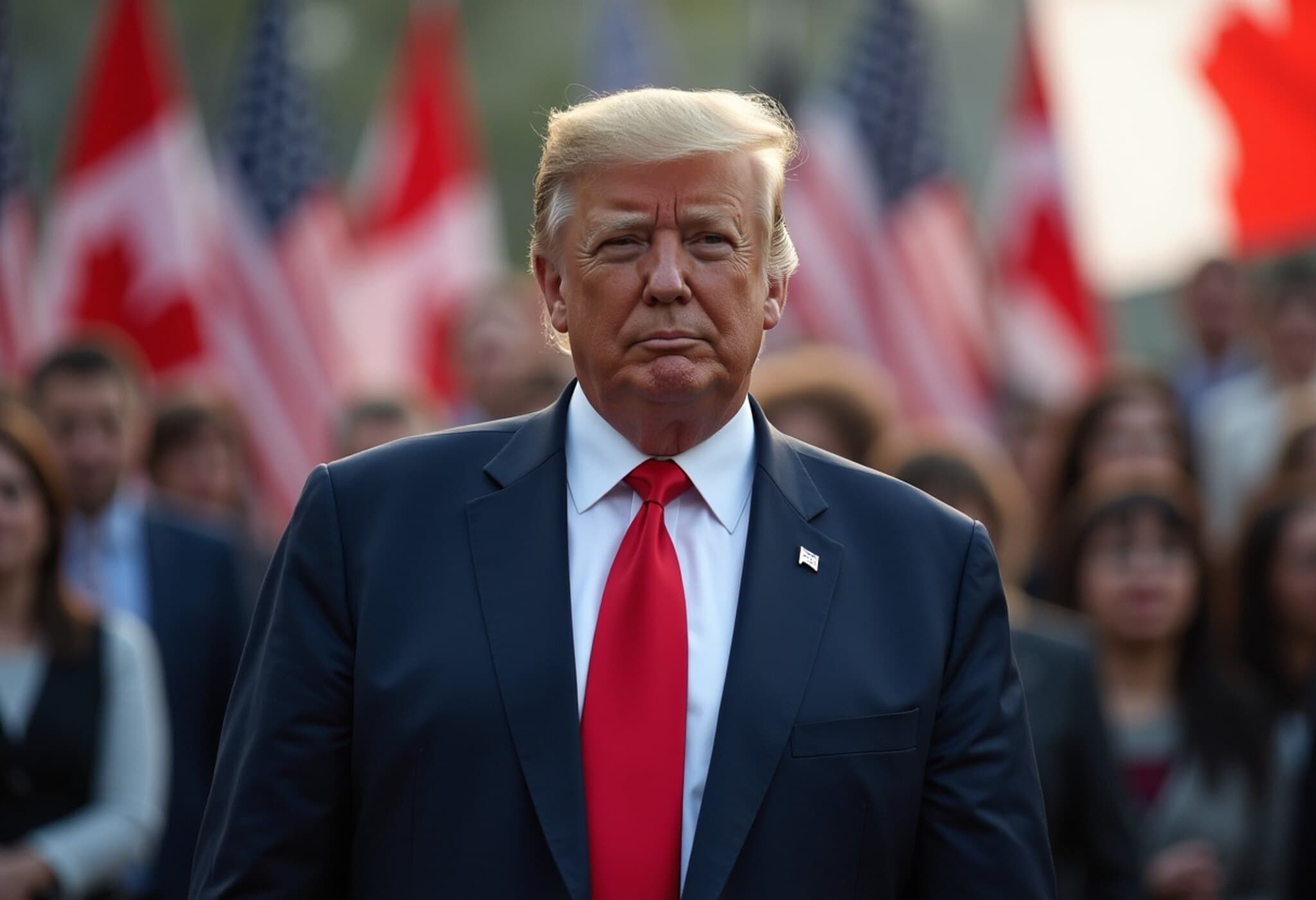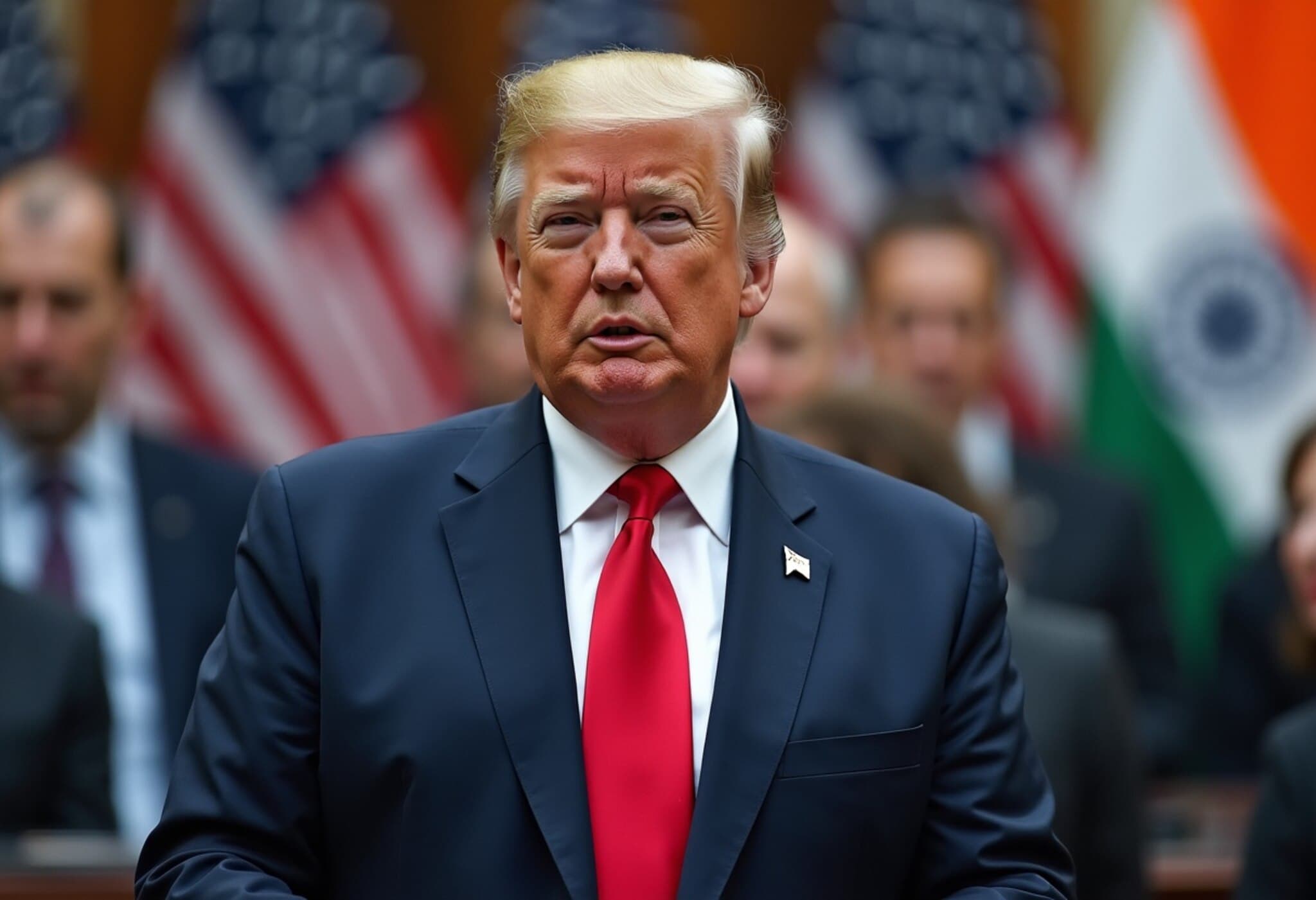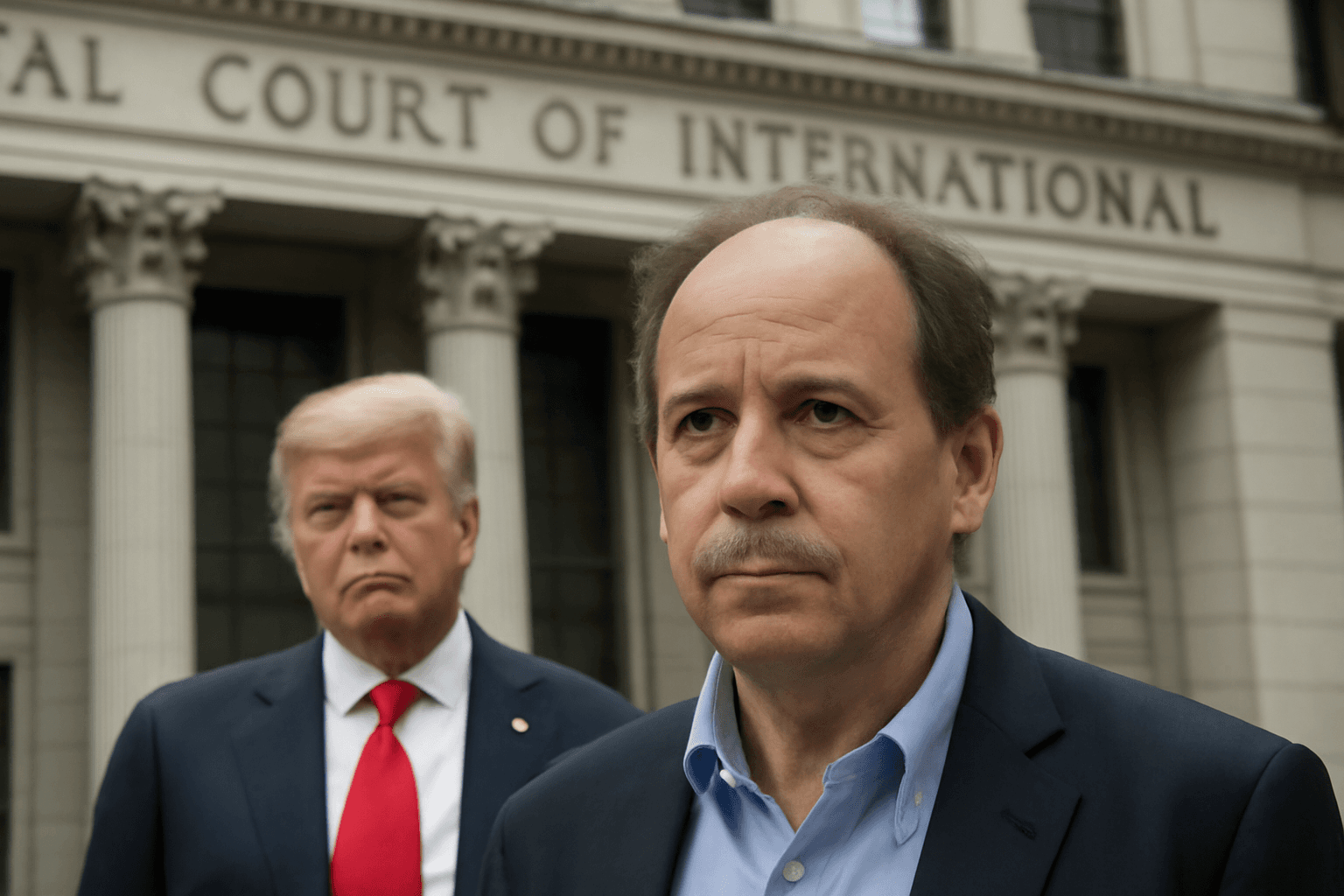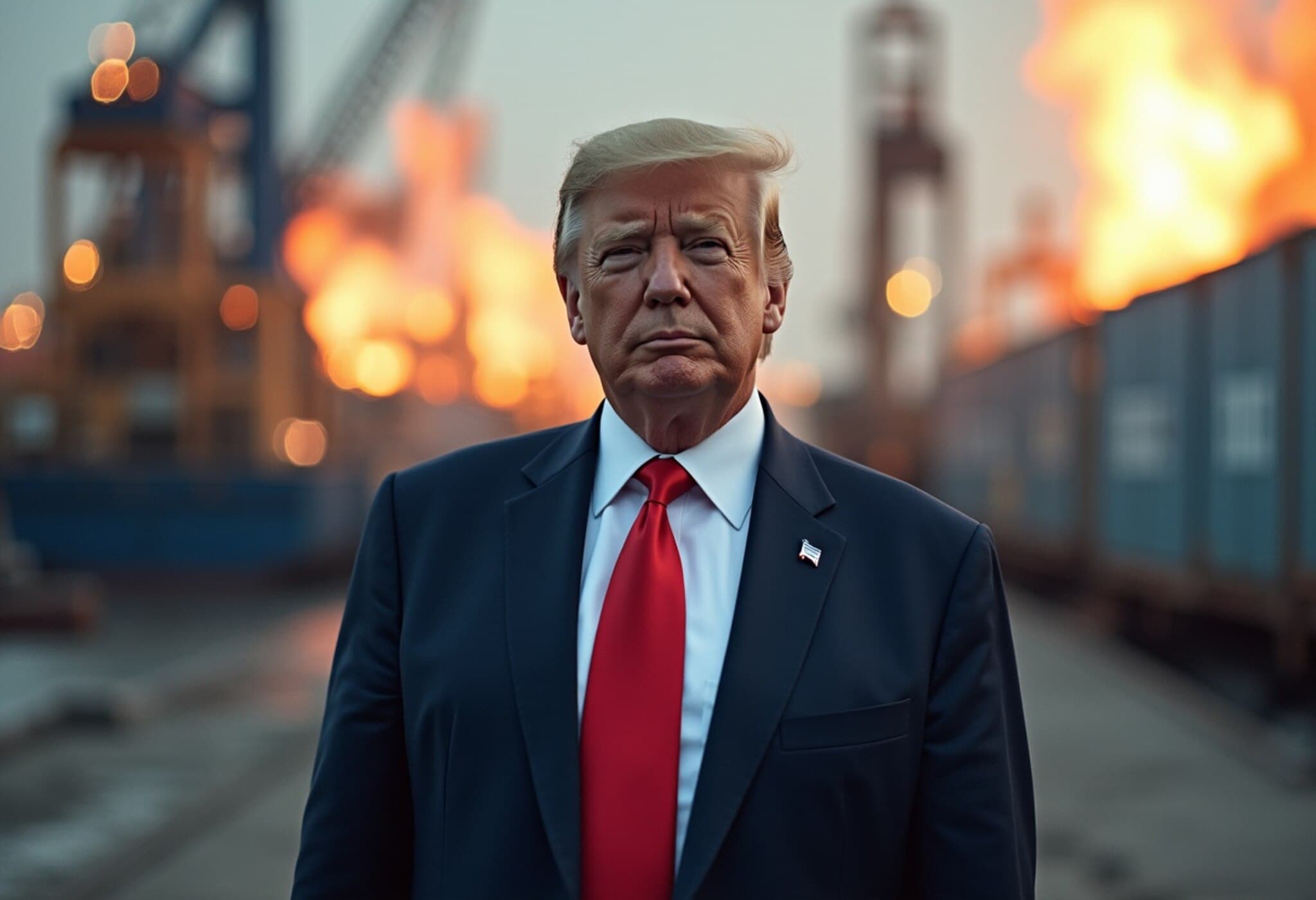Trump and Canadian Prime Minister Carney Expected to Talk Amid Rising Trade Tensions
In a recent development that underscores the strained trade relations between the United States and Canada, officials have revealed that US President Donald Trump and Canadian Prime Minister Mark Carney are likely to engage in direct discussions within the next few days. This news comes in the wake of the US imposing a 35% tariff on certain Canadian goods not covered by the US-Mexico-Canada Agreement (USMCA).
Background: The Tariff Spat and Its Roots
The tariff announcement, made by Washington on a Friday, partly cited concerns over Canada’s alleged failure to curb the smuggling of fentanyl — a powerful synthetic opioid contributing to the ongoing US opioid crisis. This move represents the latest escalation in a months-long trade standoff initiated by President Trump soon after taking office this year, further complicating already delicate North American economic ties.
Diplomatic Signals and Trade Prospects
Dominic LeBlanc, Canada’s federal cabinet minister responsible for US-Canada trade relations, shared his outlook during an interview on CBS News’ "Face the Nation." While acknowledging ongoing tensions, LeBlanc emphasized a cautiously optimistic stance:
- He expressed encouragement over recent communications involving US officials such as Commerce Secretary Howard Lutnick and US Trade Representative Jamieson Greer.
- He underscored the mutual benefits of a potential agreement to reduce tariffs and enhance investment certainty between both economies.
"We’re encouraged by the conversations, but we’re not yet at the point where the ideal deal has been reached," LeBlanc said. Importantly, he confirmed anticipation for a direct conversation between Carney and Trump in the coming days as a potentially crucial step forward.
Canada’s Position on Fentanyl and Broader Context
Prime Minister Carney and Canadian officials have consistently maintained that Canada is not a major source of fentanyl entering the US, accounting for only about 1% of US fentanyl imports. Nonetheless, Canadian authorities have intensified efforts to combat the trafficking of illicit drugs, aiming to ease bilateral tensions and address the humanitarian aspect of the crisis.
Beyond the immediate tariff dispute, this episode reflects deeper challenges in US-Canada economic relations, touching on issues of trade fairness, border security, and the geopolitical dynamics influencing regulatory policies. The outcome of this dialogue may set important precedents for future North American cooperation, especially as global economic uncertainties continue to test international partnerships.
Looking Ahead: What This Means for Businesses and Consumers
The ongoing tariff conflict has real-world implications for manufacturers, exporters, and consumers across both countries. Elevated tariffs can lead to higher prices on goods, disrupt supply chains, and create uncertainty for investors. A resolution could stabilize markets and restore confidence, especially vital as the global economy seeks paths to sustainable growth post-pandemic.
Trade analysts suggest watching the upcoming Carney-Trump conversation closely, as it may reveal whether pragmatism prevails in US-Canada trade policy or if tensions will persist with broader economic repercussions.
Expert Insight
From a policy perspective, this dispute illustrates the complex interplay between trade policy and domestic priorities — like tackling the opioid epidemic. While tariffs serve as economic tools, leveraging them to address cross-border illegal activities can muddle trade relations and complicate diplomacy.
American legal experts note the importance of maintaining transparent, rules-based frameworks through agreements like USMCA to ensure long-term economic stability, rather than resorting to unilateral tariffs that risk retaliation and trade wars.
Editor’s Note
The pending discussions between President Trump and Prime Minister Carney signify a critical juncture in US-Canada relations. Beyond the immediate tariff issues, this dialogue opens a window into how geopolitical concerns intersect with economic policy, underscoring the need for measured approaches to complex bilateral challenges. Readers should watch for further developments, as the resolution—or escalation—of this tariff dispute will ripple across industries, communities, and governments on both sides of the border.

